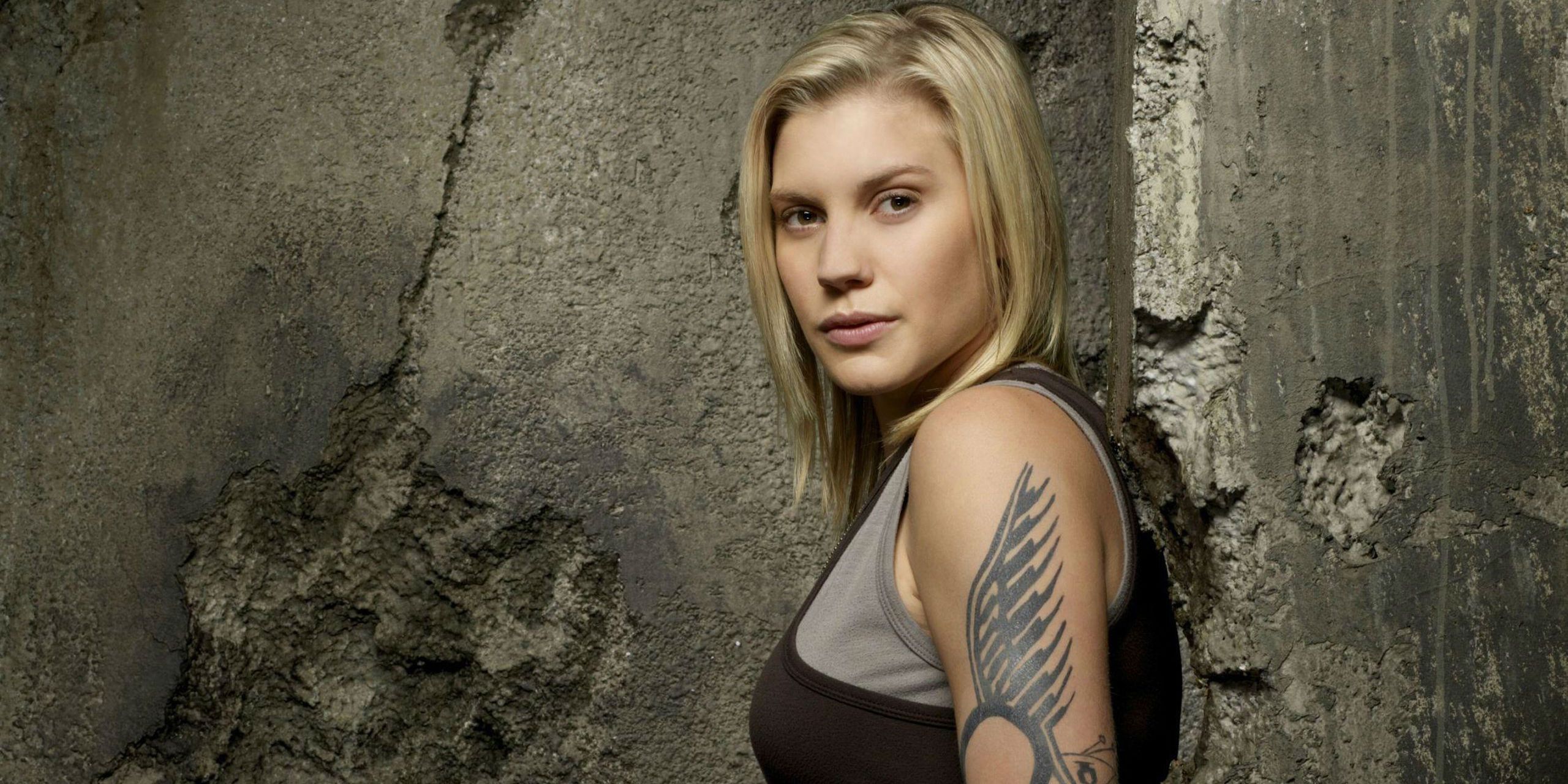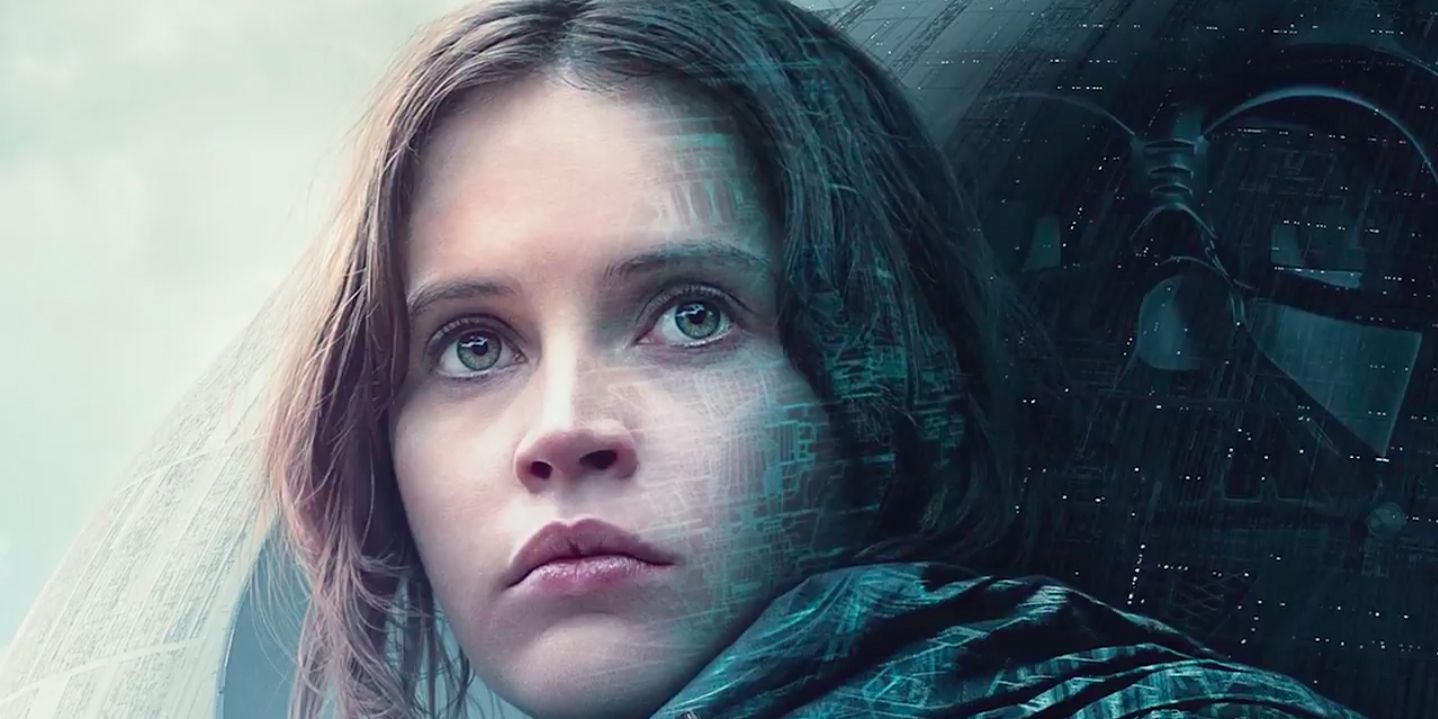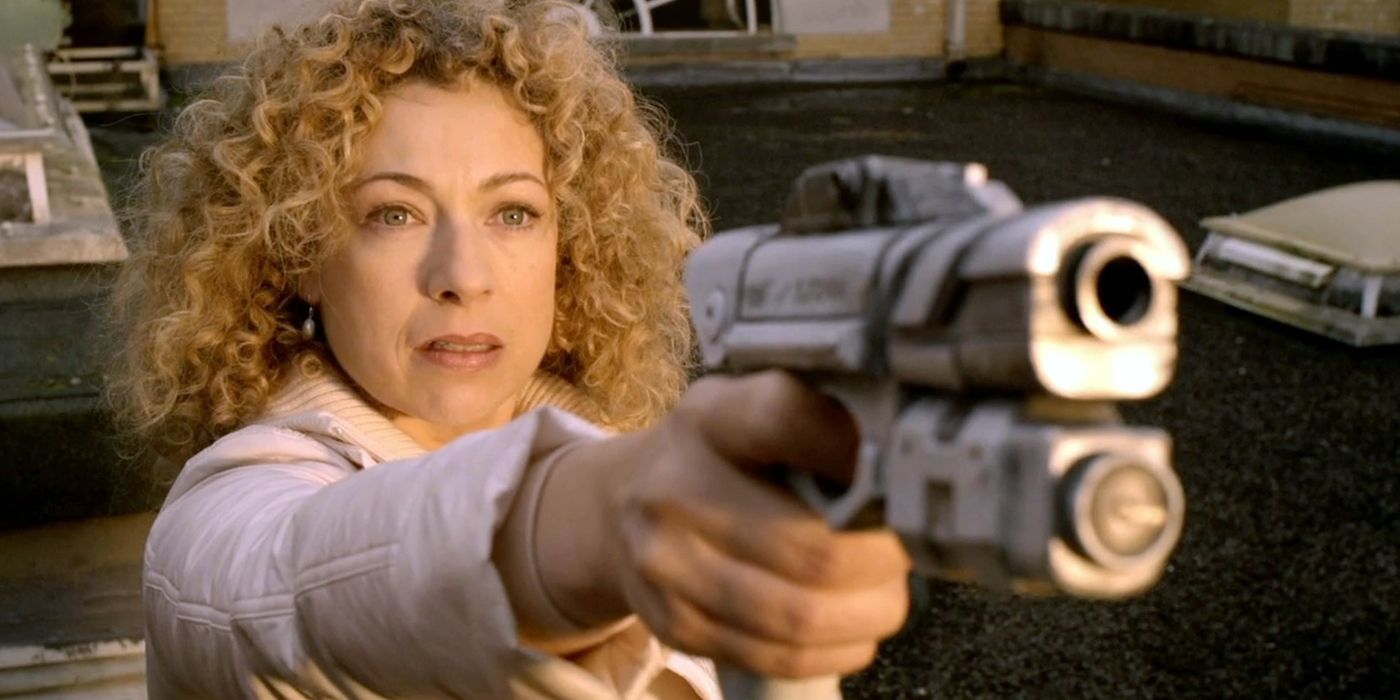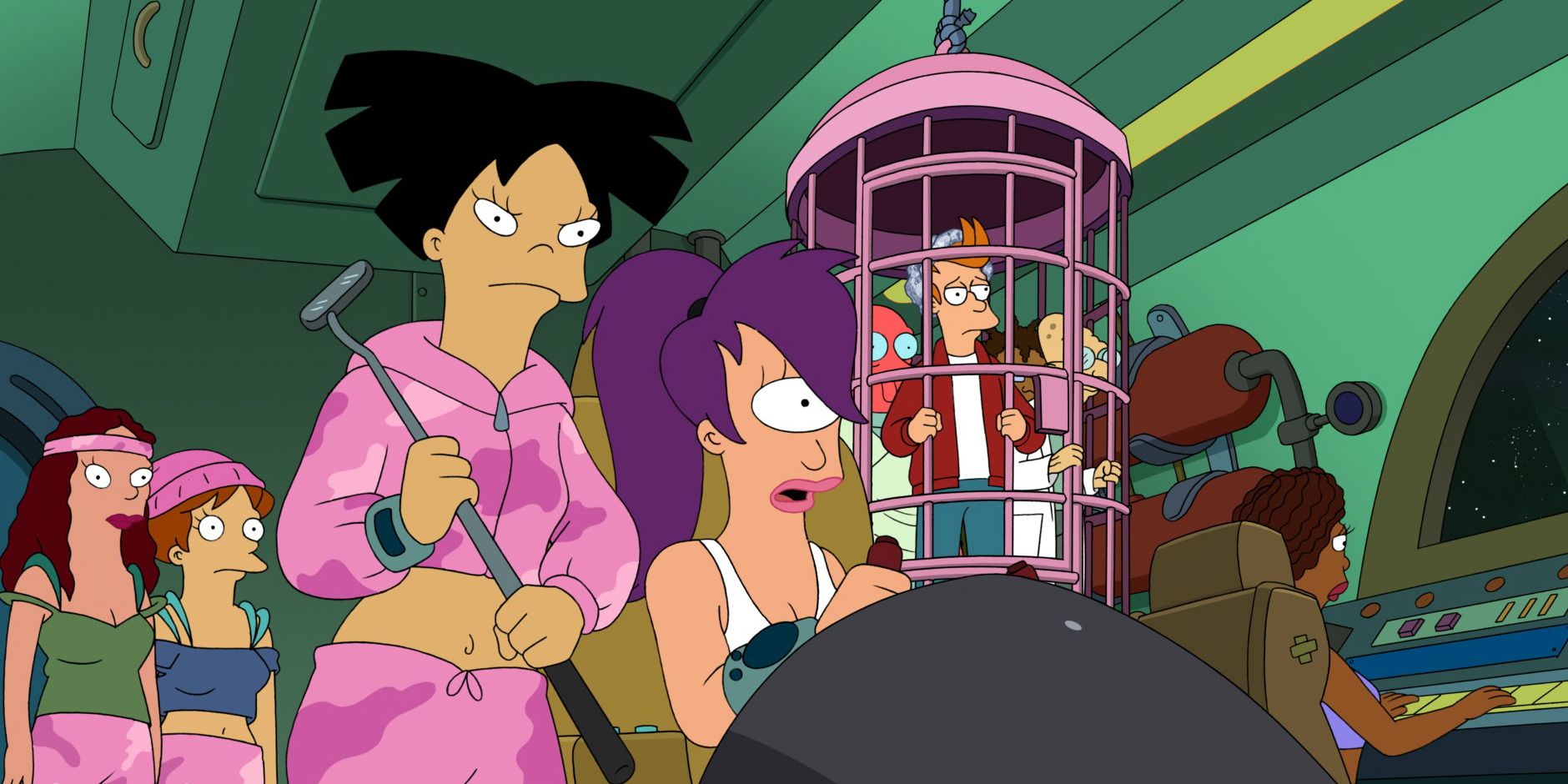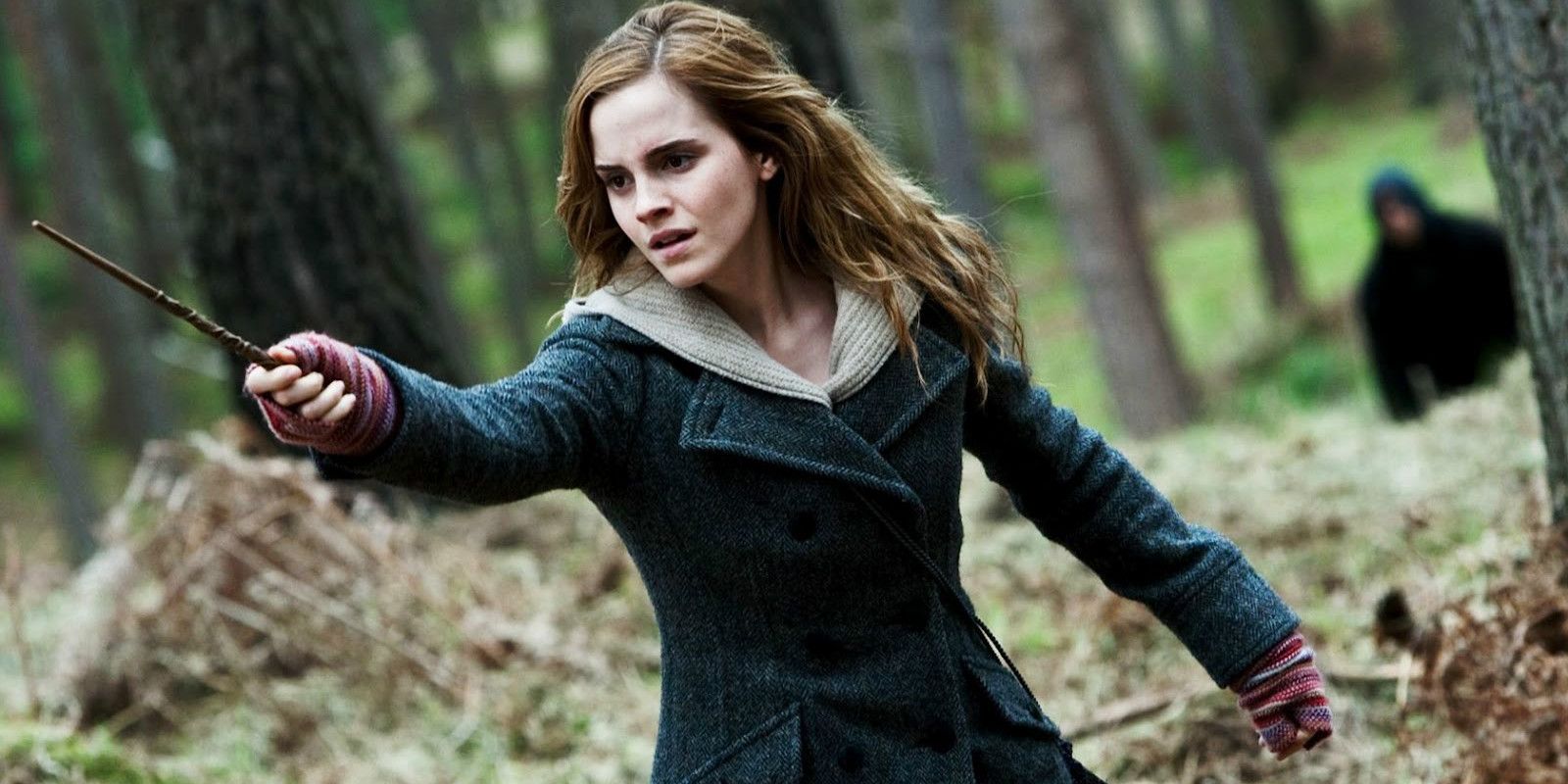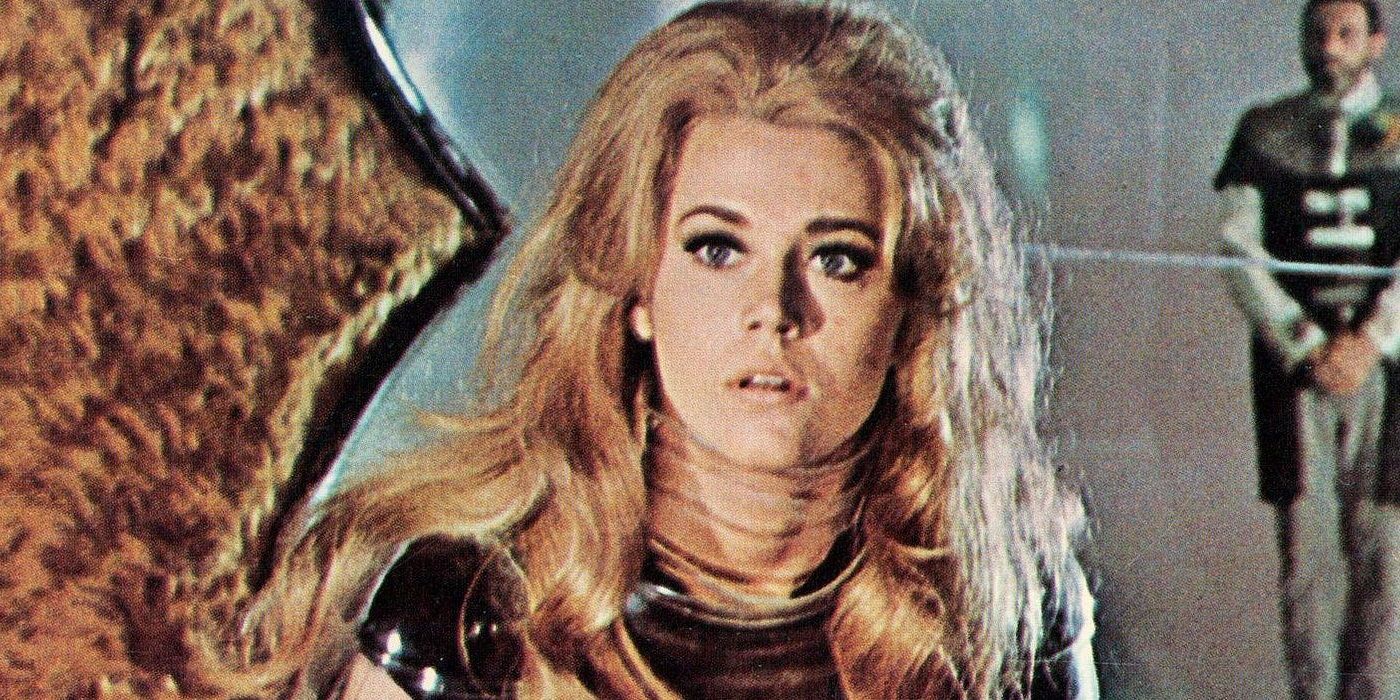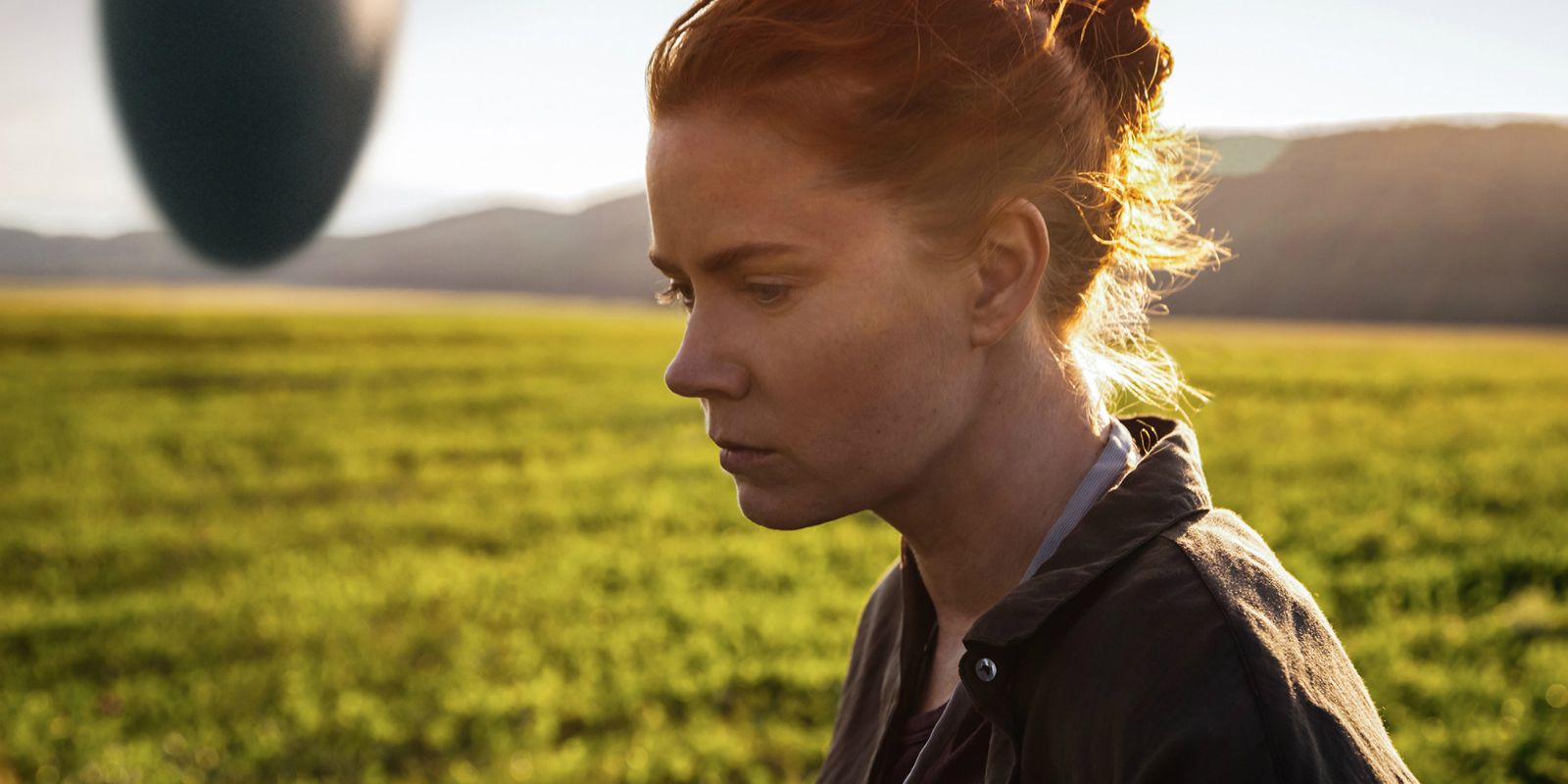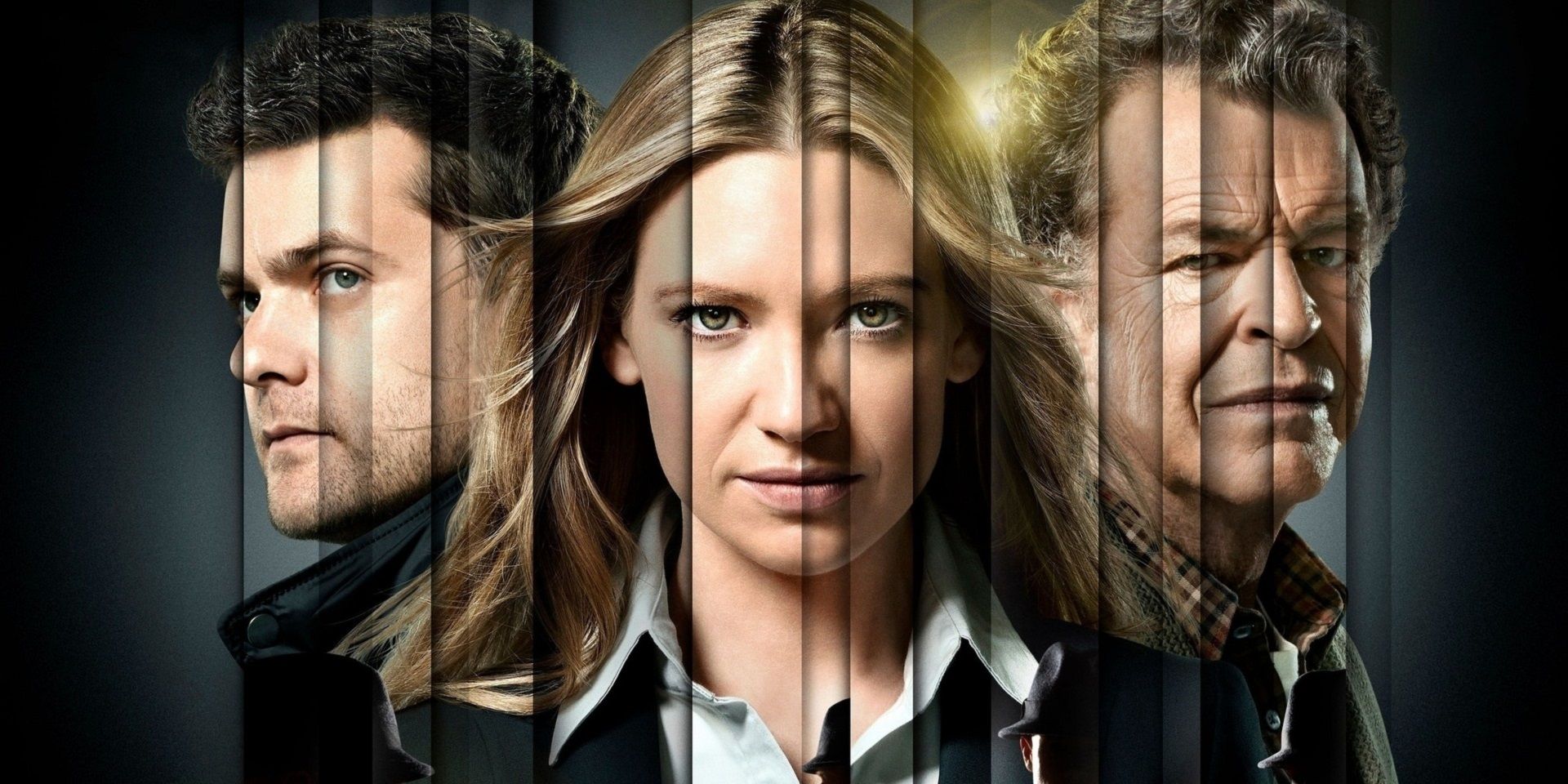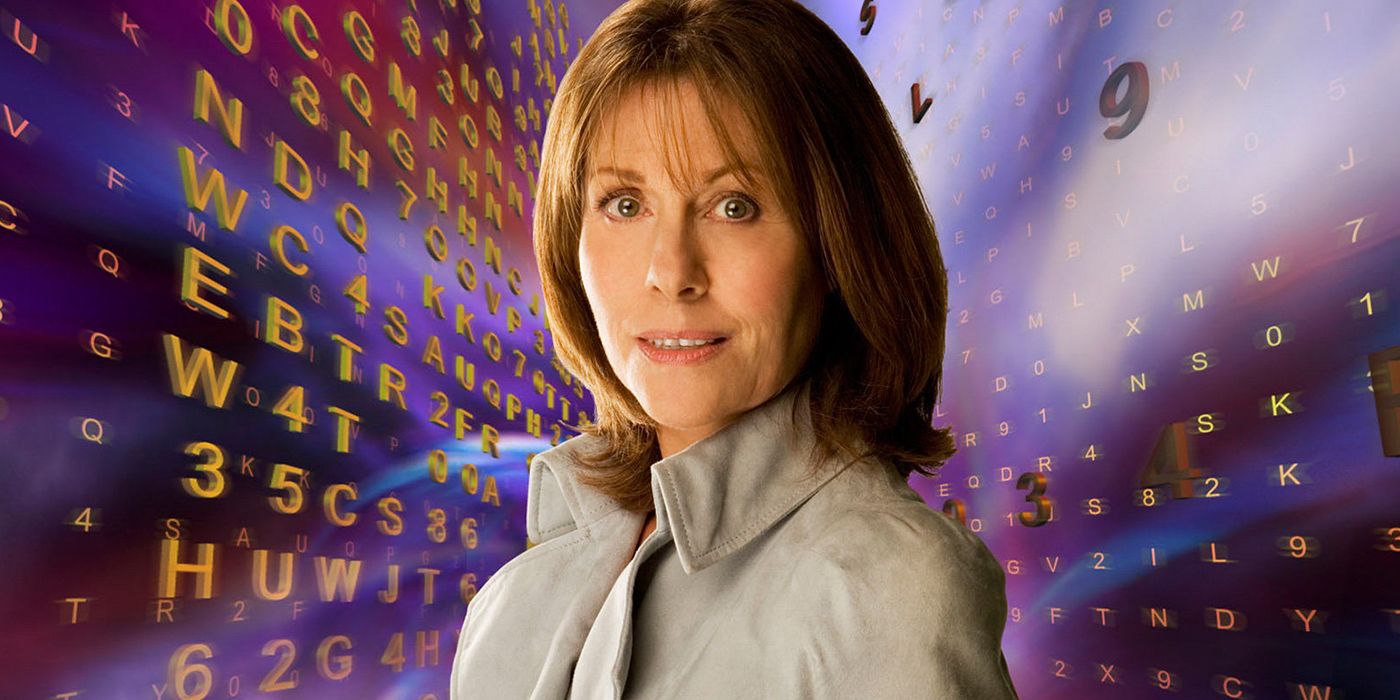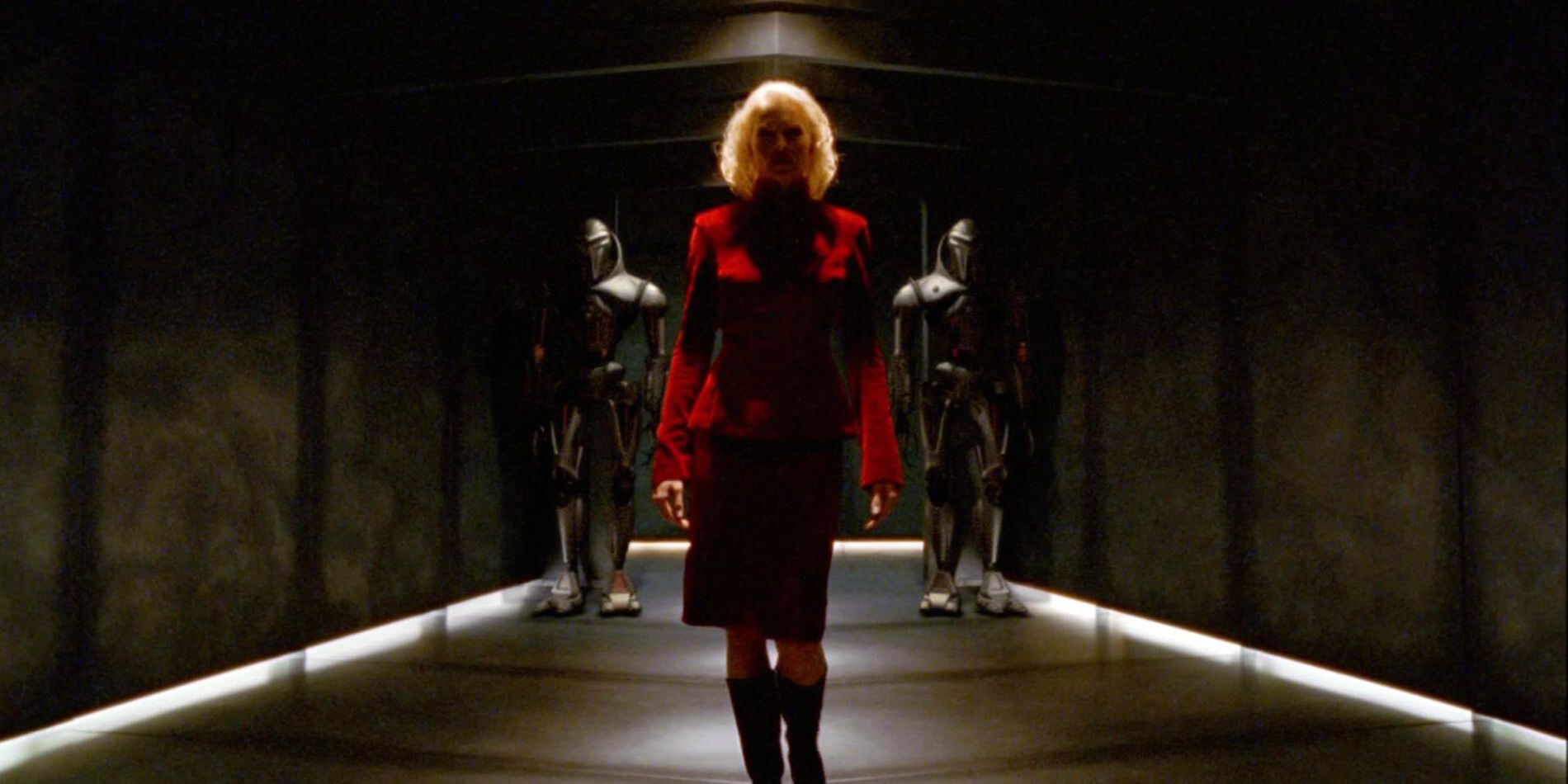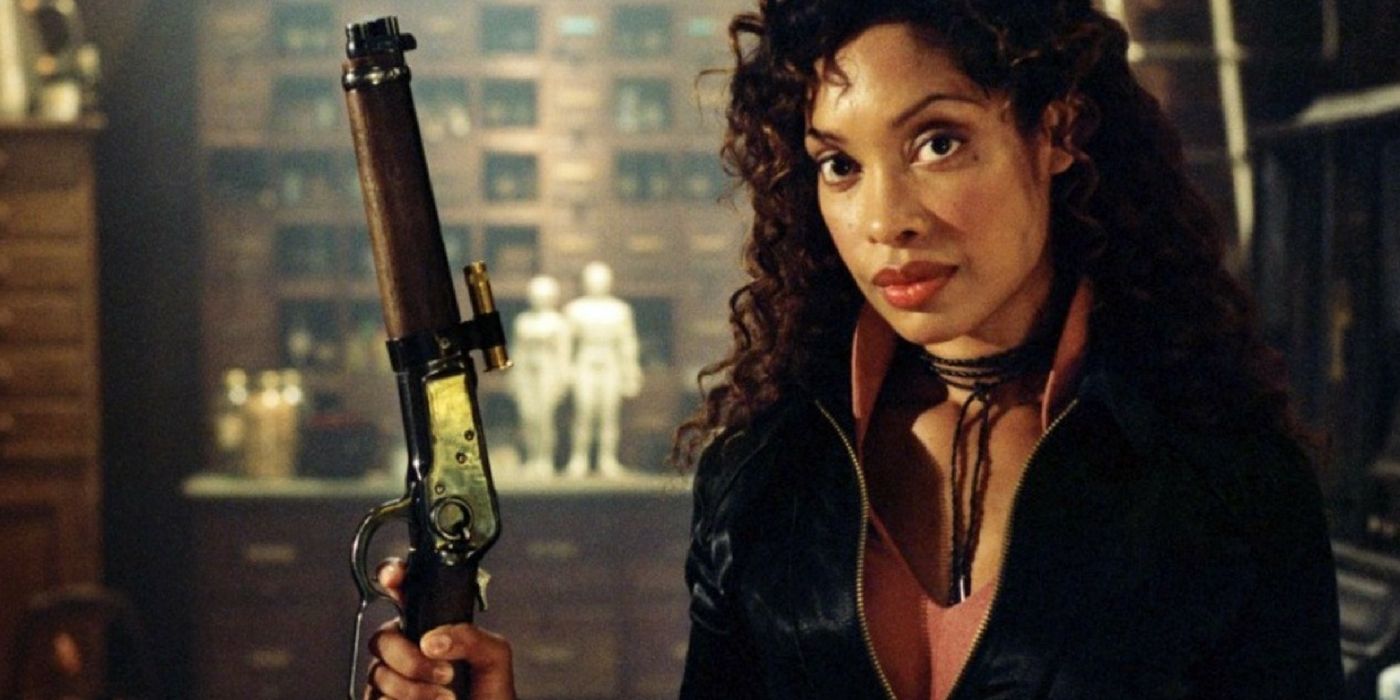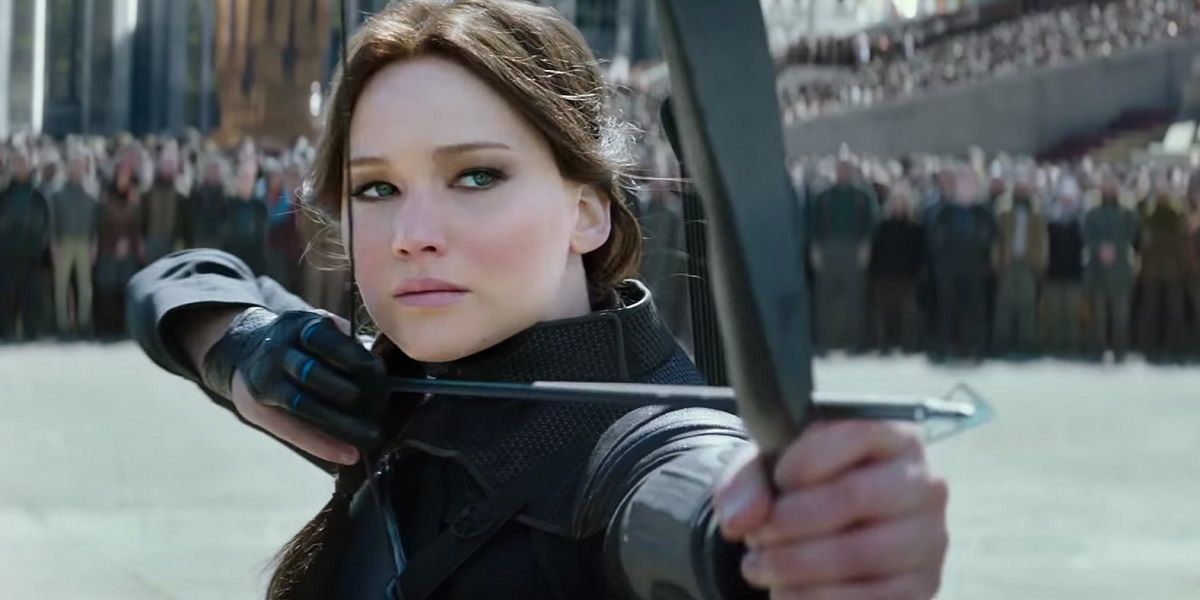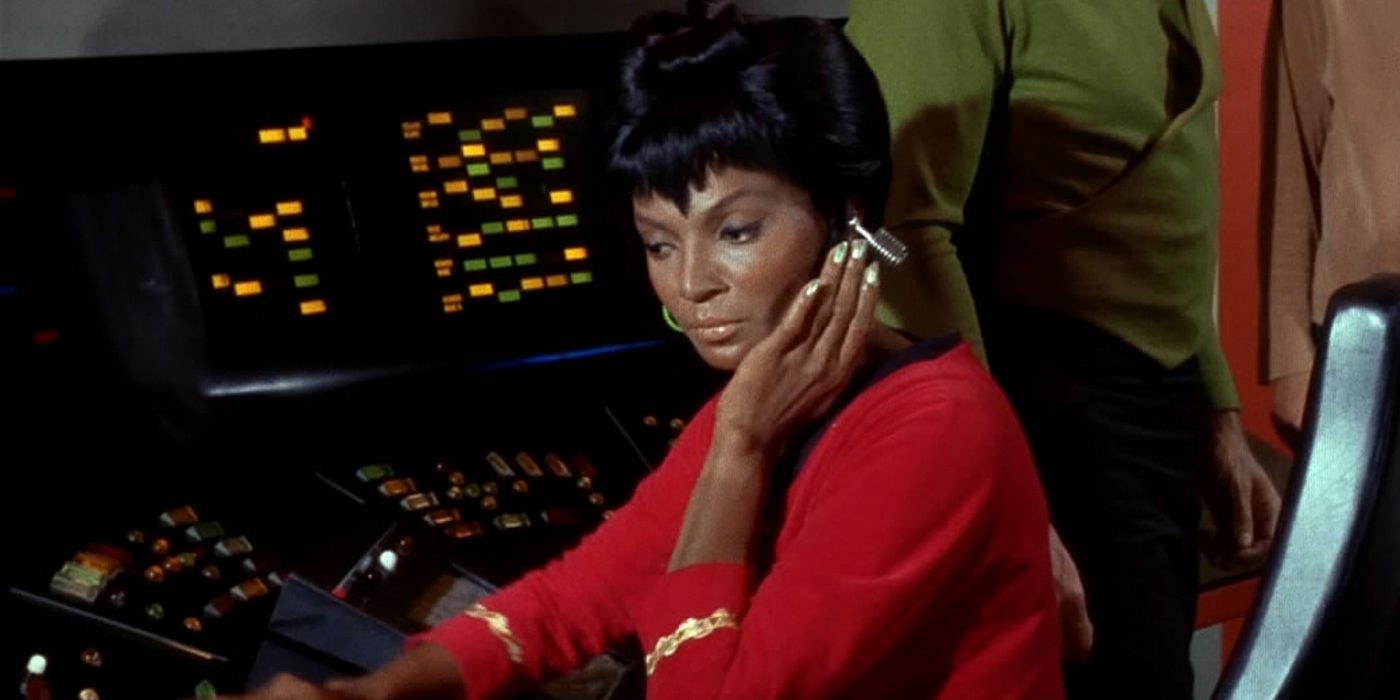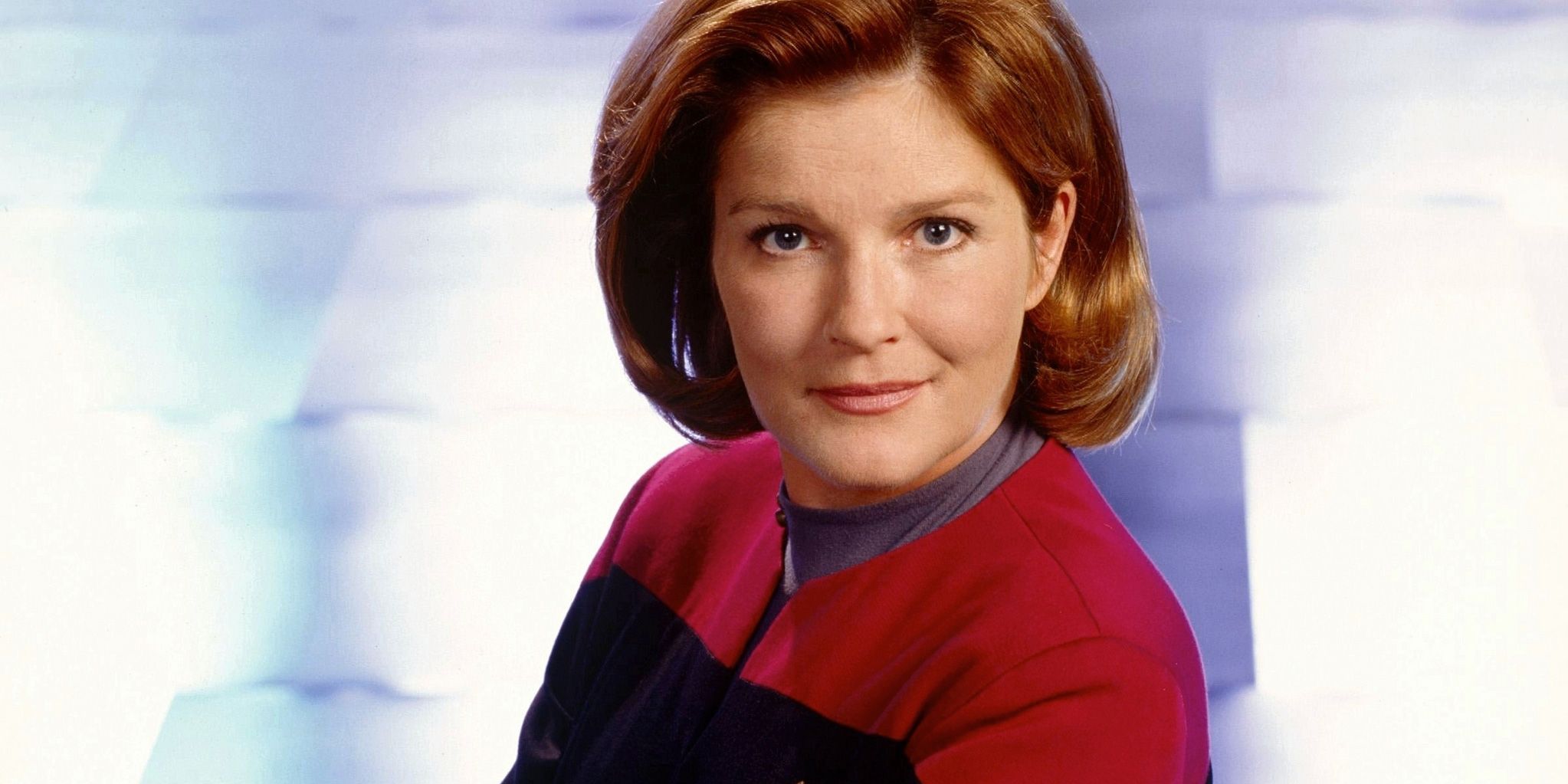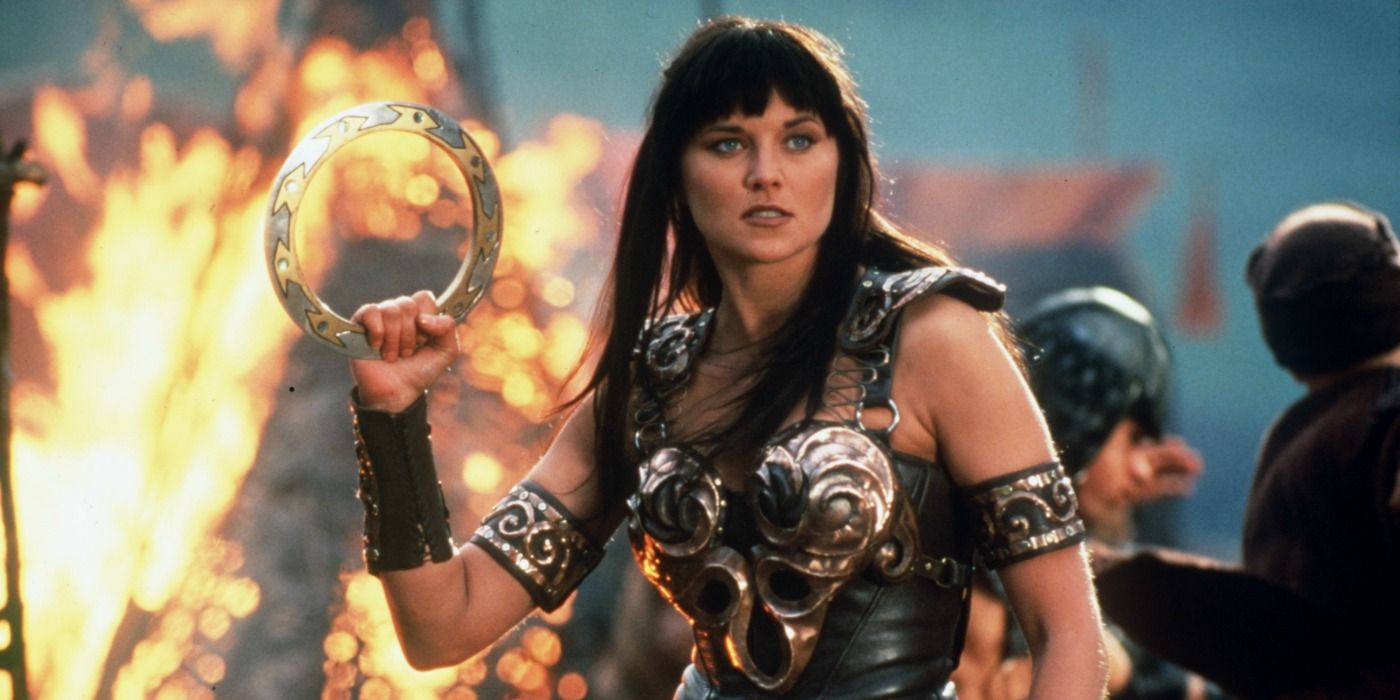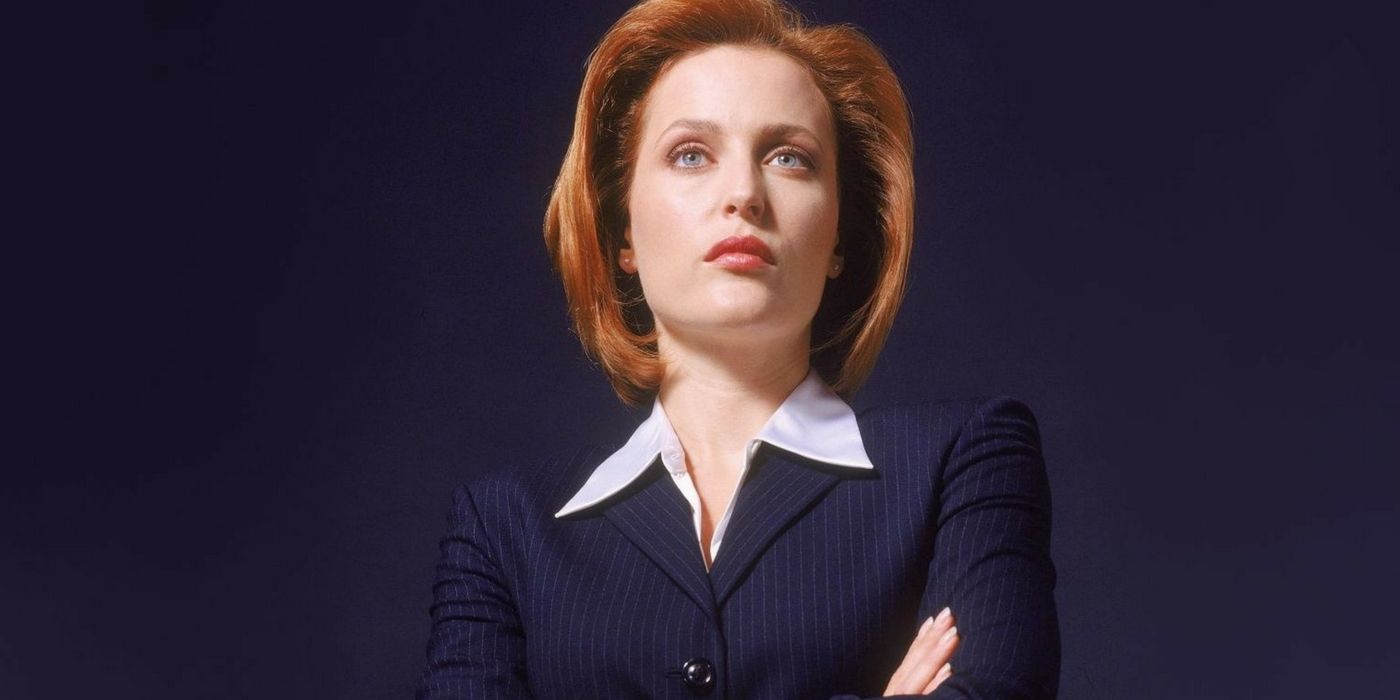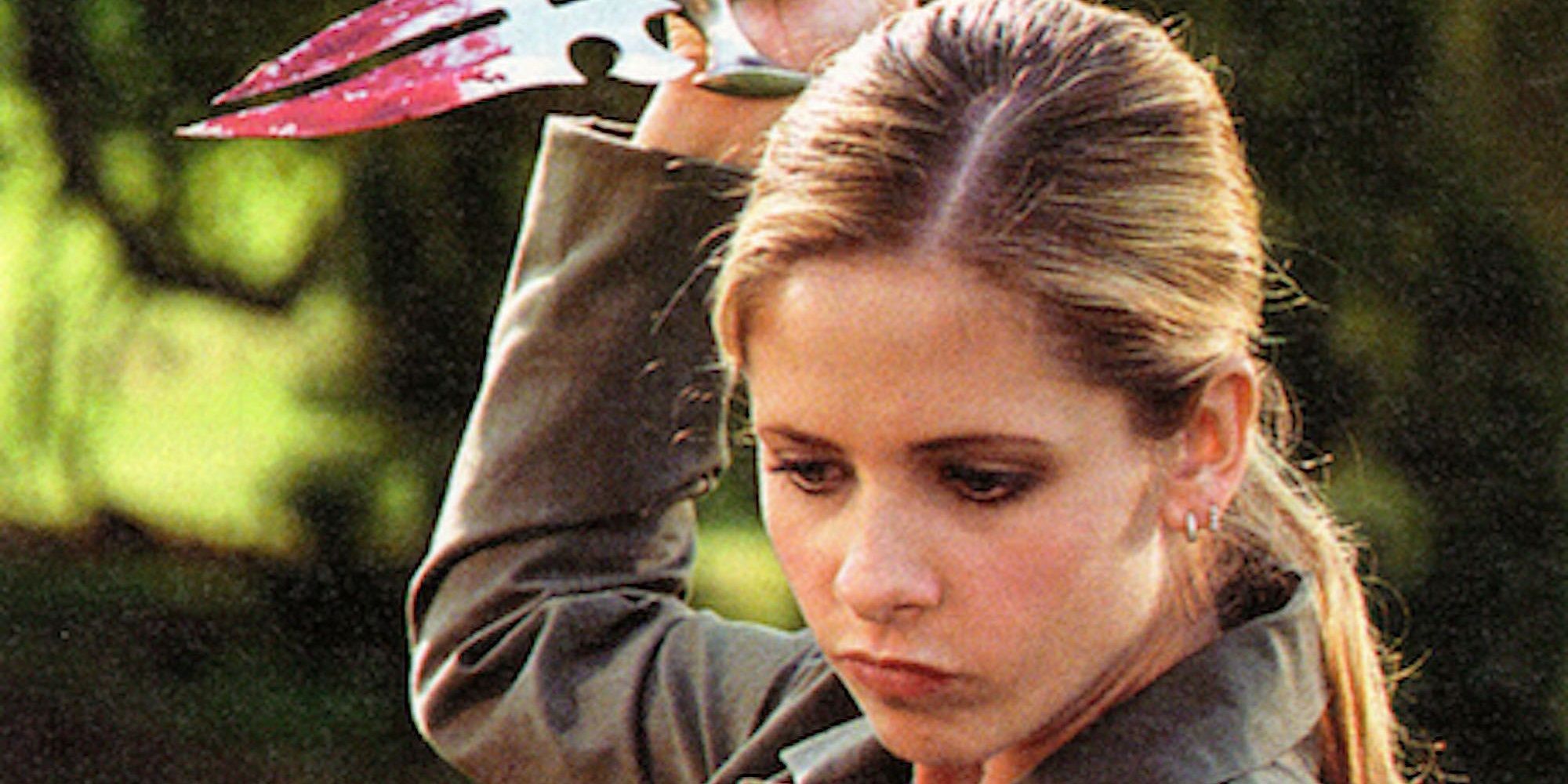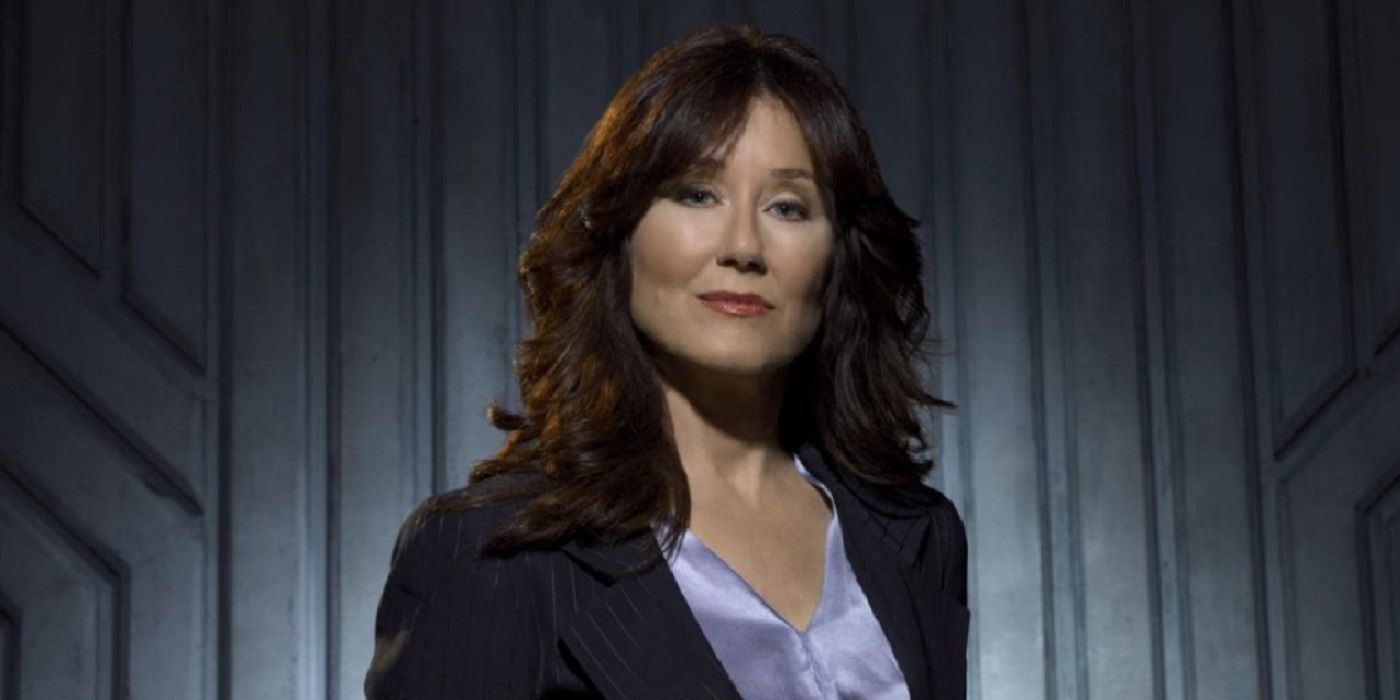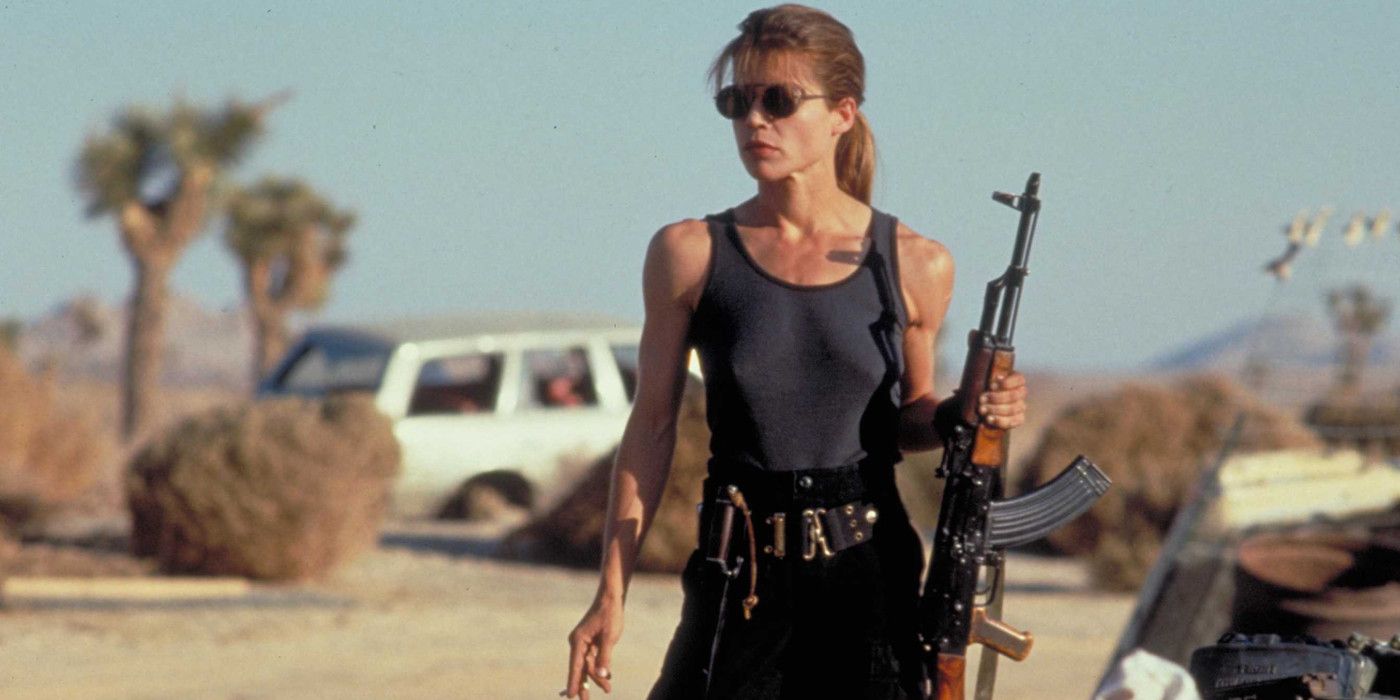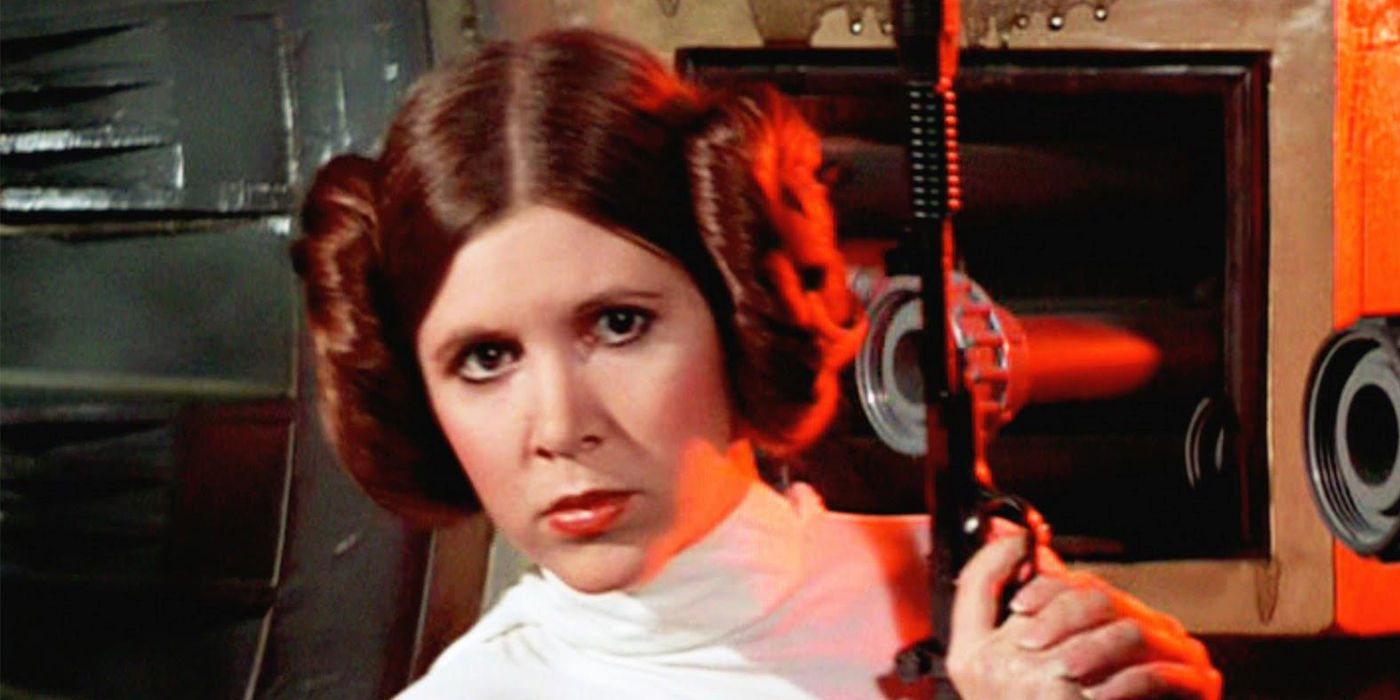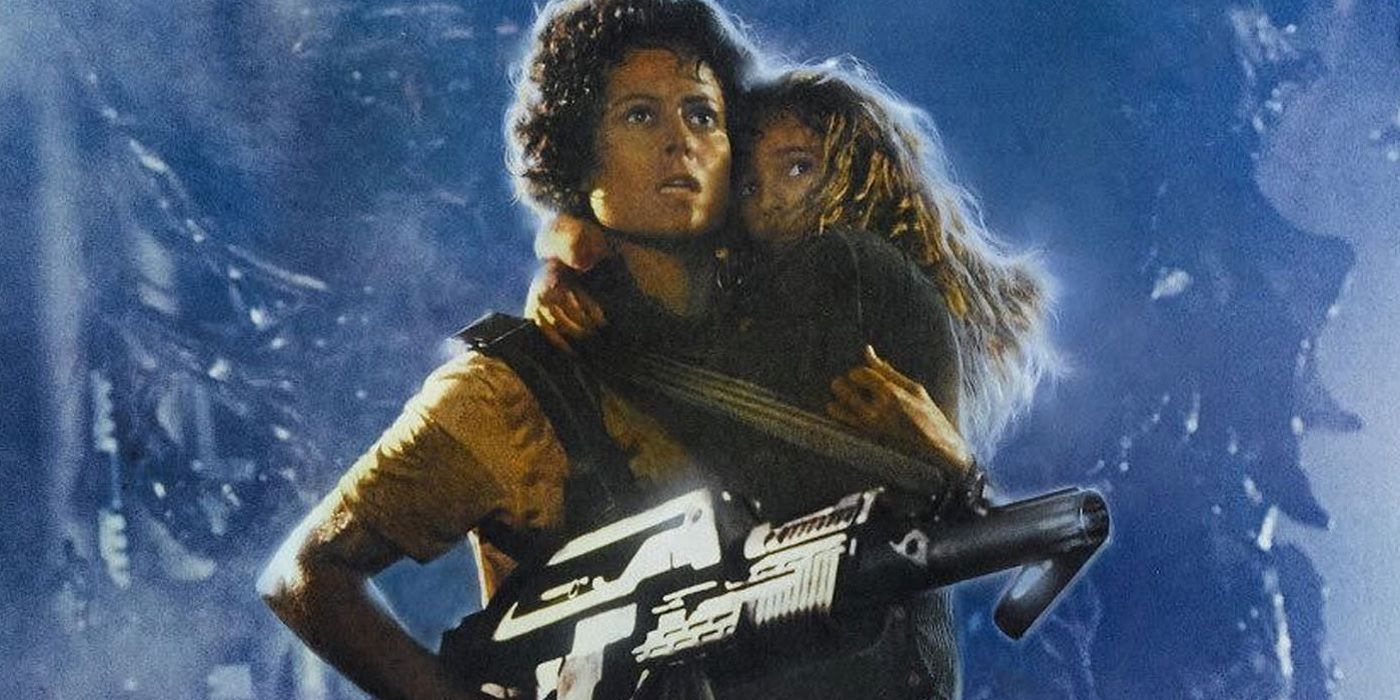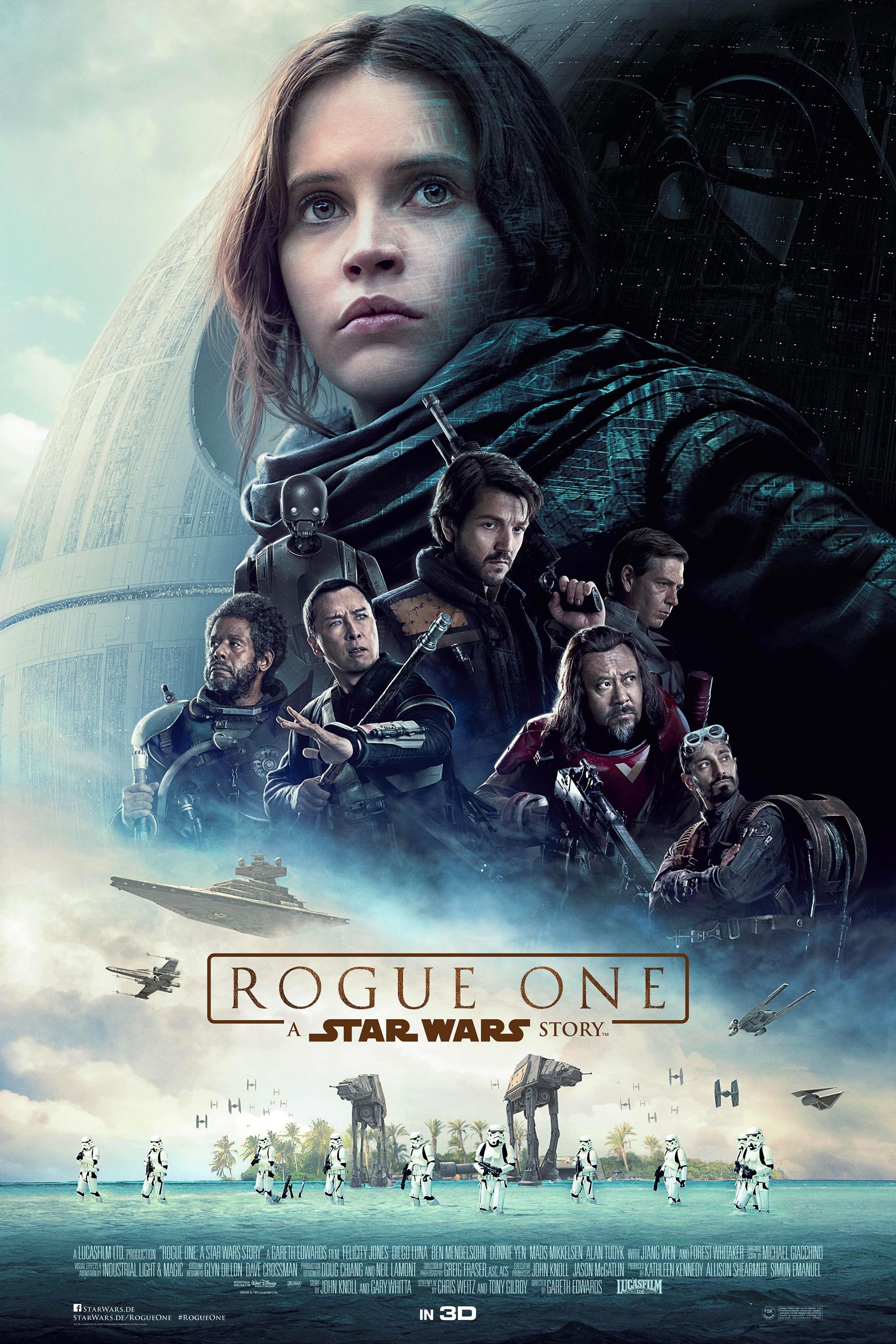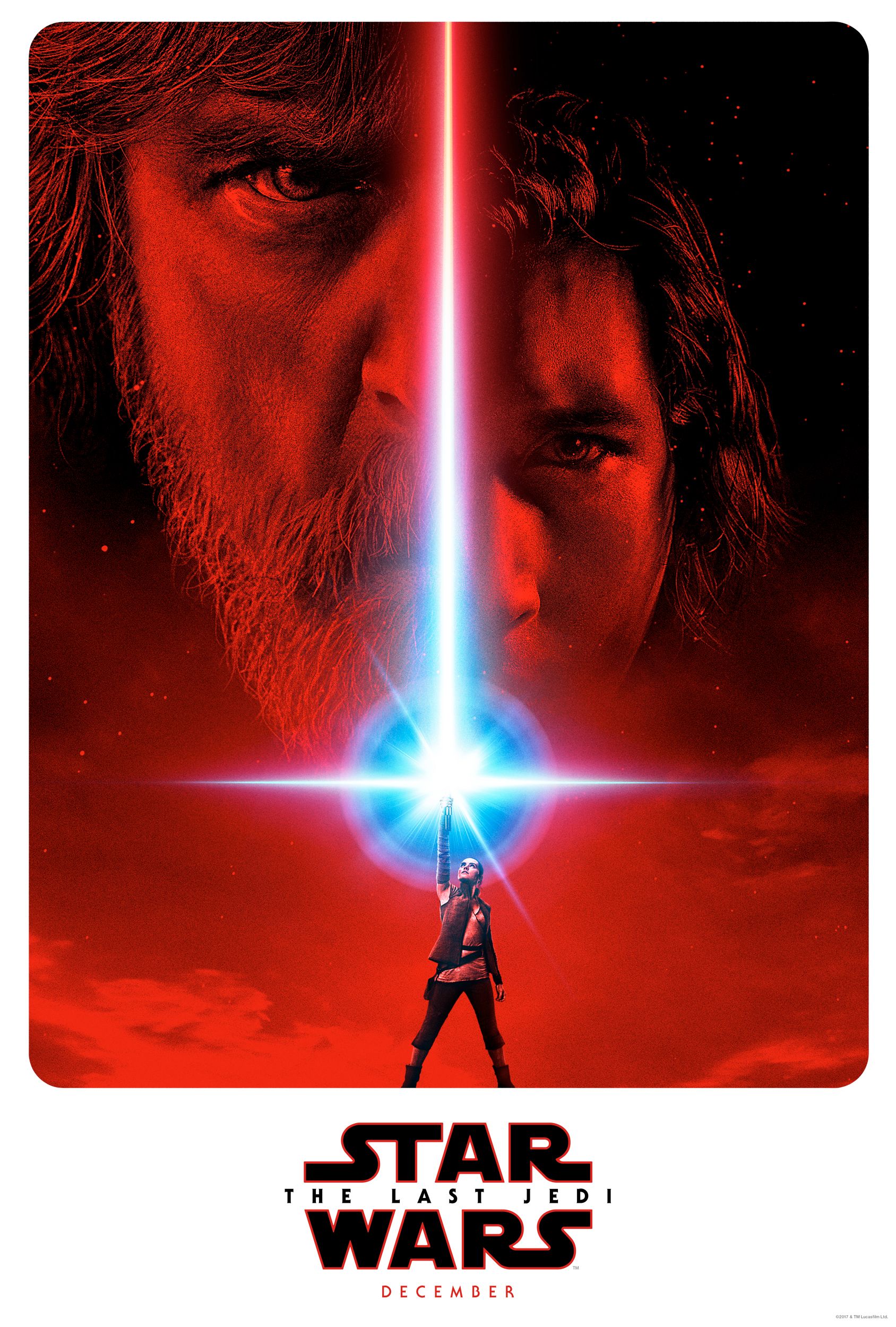With Rogue One: A Star Wars Story about to hit theaters, Star Wars is continuing the ever-developing tradition of women leading sci-fi blockbusters and TV shows. Indeed, women often find greater representation in sci-fi and fantasy movies and shows than in any other genre. These women are incredibly strong characters who audiences love to root for-- and who kids can look up to.
Some of these movies are set in the far future, or in more advanced civilizations where women have either gained equality on the front lines of conflict, or in societies where women were always considered as capable on the battlefield. In many cases, their gender isn’t an issue, while in others it’s their greatest asset. After all, being underestimated can be as valuable as being super-strong or super-fast.
So, in celebration of the imminent release of Rogue One: A Star Wars Story, here’s ScreenRant’s 20 Greatest Female Characters In Sci-Fi And Fantasy.
20. River Song - Doctor Who
Few of Doctor Who’s many companions have such close ties to The Doctor as River Song. While she became a companion, and eventual wife of The Doctor, she is also a time traveler in her own right and therefore many of her encounters with him happen out of chronological order. His first meeting with her was seemingly her last meeting with him. As such, they could never actually meet for the first time, nor truly say goodbye to one another.
While much of her life remains a mystery, River was born Melody Pond, the daughter of Amy Pond and Rory Williams, who were traveling with The Doctor at the time. Due to being conceived on the T.A.R.D.I.S she shared some genetic traits of Time Lords as well as her human parents.
While Kate Winslett was the first choice for the role, Alex Kingston was eventually cast. Her characterization as a female Indiana Jones in space was an instant hit with the fans and she became a mainstay of the series for many years.
19. Leela - Futurama
Essentially the only competent member of the cast of Futurama, Leela serves as the captain, pilot, and overall leader of the crew of the Planet Express Ship. While she is often plagued by self-doubt, she is also the crew member with the most to offer in any given situation and is usually the one to save the day.
Though initially thought to be an alien, Leela is later revealed to be a human. Her single eye is explained as being due to her parents being sewer-dwelling mutants who gave her up for adoption, hoping that her less-than-obvious mutant status would give her a chance for a better life. Per series creator Matt Groening, her cyclops-like appearance subverts the classic sci-fi troupe of a glamorously perfect woman. Her very real characterization as a hard-working and tough career-girl who can’t always get her personal life on track make her the emotional core of the show. She’s also the one that is most relatable, despite both Fry and Bender being given more prominence.
18. Hermione Granger - Harry Potter
As one of the three main characters of the Harry Potter series, Hermione Granger is, on the surface, the smart one of the group. Where Harry represents courage and Ron is loyalty, Hermione is logical and intelligent.
But she’s far more than the logical Spock-like member of the gang. She’s often insecure, and it’s her intense fear of failure that makes her work so incredibly hard. J.K Rowling has often commented that Hermione is much like a younger version of herself in this regard. However, Rowling avoids making Hermione a real self-inster. She’s not merely an idealized version of the writer, nor a character who has any and all skills necessary for whatever crisis comes along. She makes mistakes, has conflicts with her friends, and grows as a person with each passing chapter in her story.
In a universe where destiny plays such an important role, and many characters are almost other-worldly because they grew up in a magical world, Hermione’s upbringing by Muggle parents means she sees the world much as we do.
17. Barbarella - Barbarella
Often dismissed as little more than eye-candy, both Barbarella the movie and its title character are actually so much more than that. While far from a feminist icon, Barbarella was still a female lead in a sci-fi movie long before that ever became a trope of the genre. It’s still worth something today, as there is still a major problem with female-led movies not getting the attention they deserve.
While often criticized for being a movie that relied on Jane Fonda’s legendary sex-appeal, both the movie and character have influenced pop culture in ways that could not have been foreseen at the time. The futuristic fashions influenced Jean-Paul Gautier’s designs, especially when crafting the look of the movie The Fifth Element. Many musicians, from the band Duran Duran to Kylie Minogue, have used the iconic imagery and dialogue to enhance their respective brands also.
Barbarella herself can be seen many ways. She’s either a sexed-up fembot, with little to do besides move the plot along, or she’s a statement on women breaking out of the role of sidekick or damsel in distress. Some see her as a woman who is entrusted to save humanity, which has become weak and stagnant. Despite being naive, Barbarella learns enough about the brutality of the outside world to not only survive it, but to also succeed in her mission.
The character can be debated, but as a landmark in cinema, the movie is an assured cult-classic.
16. Louise Banks - Arrival
One of the newest characters on this list is Louise Banks from 2016’s Arrival. The movie itself is a thinking man’s sci-fi, building on the recent trend that arguably started with Interstellar. Several extra-terrestrial crafts, nicknamed Shells, arrive on Earth and Louise Banks is one of many linguists dispatched to translate the aliens' language and determine if there is any threat from them.
Louise discovers that the alien’s language alters the perception of time, and she has many flash-forwards, experiencing motherhood in the future with a child who passes away due to childhood cancer. Louise’s story, while heroic, is also quite sad. She knows she will become a parent, but also knows that she will have a painfully short time with the child and must choose between following her destiny or sparing herself the pain by never conceiving.
Amy Adams is simply terrific, and while not given any instantly quotable dialogue or even big Oscar-worthy moments, carries the movie’s softest moments through subtle shifts in her body language as well as an astonishingly delicate performance.
While alien invasion stories have been done to death, Arrival, and in particular the character Louise Banks, make this a story about humanity and coming together at the most important moments. Perhaps now more than ever, it’s a message we should all consider.
15. Olivia Dunham - Fringe
Though stone-cold on surface, Olivia Dunham is the heart and soul of Fringe. Unafraid to stand up to her superiors, she investigates the upside world of fringe science, all the while unravelling the mysteries of her past and how she is connected to the events that are transpiring around her.
Unbeknownst to her for many years, Olivia had been part of a medical trial as a child using a pharmaceutical called Cortexiphan. The drug awakened dormant psychic powers in the children and Olivia was by far the most powerful of them all. After the trials were ended, she forgot about them and eventually became an FBI agent. By chance, or possibly by design, she found herself working with the scientist who had studied her many years previously.
Olivia shows that, despite her reserved exterior, it is actually emotion and passion that drive her. Her empathy is only matched by her courage and determination, making her one of the people responsible for not only saving the world from the incursion from another timeline, but also from the threat of invaders from the future.
14. Sarah-Jane Smith - Doctor Who
One of The Doctor’s most famous, and most popular, companions of all time, Sarah-Jane Smith started out as a young but dogged investigative journalist who encountered the third incarnation of The Doctor while trying to break a story on a secret research facility. She became his travelling companion for several years, witnessing his transformation into his fourth incarnation. She eventually left his side and returned to her life, but remains an investigator of the odd events in the world, even after becoming a mother.
She eventually reunites with The Doctor, this time in his tenth incarnation, but recognizes him instantly. She is much older, having lived for many years without him. She is stronger, wiser, and has lost none of her determination. She aids him several more times over the next few years, using alien technology and her investigative skills, and she also trains a younger generation of Earth’s protectors.
Despite being a comical companion with a permanent good nature, Sarah-Jane did more to define the role of companion than any before her. Rather than being hysterical in the face of Daleks, she showed extreme courage and her feisty nature made her more of an equal to The Doctor than any mere sidekick.
13. Number Six - Battlestar Galactica
Number Six is one of the twelve models of Cylon in the re-imagined Battlestar Galactica. First seen as an infiltrator, something akin to a Terminator, Number Six quickly became central to the events of both the fall of the twelve colonies and the subsequent events as humanity searched for a new home.
More so than any of the other “significant seven” Cylons, Six is seen to have access to the full range of human emotions. She is remorseful at times, but also vengeful if she feels slighted or spurned. While there are many versions of Number Six, it is the one that became known as Caprica Six that is seen as the definitive version.
Six is equal parts manipulative and vulnerable. Her arc in the series often mirrors that of Gaius Baltar-- who, despite being human, has as much to learn about humanity and the nature of human existence as she does. Despite their many shared flaws and transgressions, it’s somehow fitting that they find some peace when the events draw to a close, each having been guided by visions of the other.
12. Zoe Washburne - Serenity / Firefly
As a morally ambiguous, smart-mouthed soldier with a tender side, Zoe Washburne is far from a typical sidekick. She's the first officer on Serenity-- the one that has Captain Reynold’s back and the only person he truly trusts.
Prior to the events seen in Firefly, Zoe had served under Mal during a brutal civil war. Their side lost and their army disbanded, but Zoe remained by her superior’s side as he sought to begin a new life as a smuggler, thief, and occasionally honest businessman. On board the ship she met her husband, Wash. Despite Wash being a nerdy pilot who could seem somewhat cowardly (Zoe’s exact opposite), the two fell in love and had a successful marriage despite their many differences.
During the events of the movie Serenity, Zoe is seen robbing an outpost for its payroll and later fighting in Mal’s rebellion against the government's attempts to control the population via atmospheric drugs. She fights both the government and the cannibalistic Reavers, and even after losing Wash in a crash, continues to fight until the last moments of the battle.
Calm, measured, but also intense, Zoe won’t shoot you unless she’s got a damn fine reason. Or unless you piss her off.
11. Katniss Everdeen - The Hunger Games
It’s no small thing to become the face of a revolution, especially when you’re still a teenager. But Katniss Everdeen not only survived the brutal reality-show of the The Hunger Games, she became the leading light of rebellion and led the way for many people to become free of oppression.
As skilled with a bow as she was at dropping a killer one-liner, Katniss was more than a mere symbol. She was a leader that only took part in the Hunger Games to save her little sister. And while she never sought out the role as a modern-messiah, she quickly adapted to the role and through courage, determination, and quick thinking became everything the rebellion needed her to be.
Why the character of Katniss became such an instant classic is that she is juxtaposed to many modern female characters. She’s in many ways unlikable, she’s bratty, prickly, and at one time a remorseless killer. Compared to Bella in the Twilight series who is passive and full of teen-angst, Katniss is equal parts compassion and killer. While she does have love interests, she’s not defined by them, making her something of a role model for young women in the 21st century.
10. Uhura - Star Trek
Uhura did so much more than merely answer the phone. In the early 1960s, black women had a hard time getting roles on primetime TV-- especially major speaking roles as a major cast member. But in Gene Roddenberry’s vision for the future a multicultural crew would only be natural and therefore Uhura became a key member of the bridge crew and central to many stories in the initial three-year run of Star Trek.
While it’s impossible to discuss Uhura without using words like ground-breaking, there’s much more to her character than her gender or her race. She speaks respectfully to her Captain, but only due to his rank and experience. She is not afraid to question his actions on occasion and went so far as to disobey orders and participate in the theft of the Enterprise to aid her crewmates in their attempt to save the life of Spock (in Star Trek III).
While the original Uhura remains an icon of both sci-fi and the equal rights movement, the reimagined Uhura of the 2009 Star Trek deserves some praise too. Adding to the previous characterisation, this version is seen as being an even-more skilled linguist who uses those skills to decipher both the Klingon and Romulan languages without the need for a universal translator.
9. Captain Kathryn Janeway - Star Trek: Voyager
Critics often point out that Janeway is at times erratic in her approach to her role as Captain. Unlike the maverick Kirk or the intellectual Picard, Janeway veers off and tackles some situations overly emotionally and others with a clinical calm. But that’s what makes her so great. She understands that leadership requires the leader to be adaptable. Situations arise that require different skill sets so she does her best to meet those situations head-on with whatever tools she has at her disposal.
Unlike her Star Trek predecessors, Janeway has no back-up. She’s far from home and cannot call for Starfleet assistance. For most of Voyager’s journey she is unable to even send communications home. More isolated than any previous captain, and with a crew made up of non-Starfleet personnel, she must adopt a role of mother, peacemaker, advisor, and mentor, along with that of Captain.
While Janeway does eventually succeed in getting her crew home, it’s not without great personal cost. She loses friends and crew members, and appears to feel their losses more deeply than either Picard or Kirk generally did. But she’s also not afraid to fight. When the situation demands it, Janeway throws Voyager into danger and will risk her crew and her ship to serve a greater good, as any Starfleet captain should.
8. Xena - Xena: Warrior Princess
Initially a villain in Hercules: The Legendary Journeys, Xena went on to star in her own show, Xena: Warrior Princess; a show which in many ways eclipsed its predecessor. A fierce and brutal warrior, Xena is equal to Hercules in battle.
Xena is a woman looking to redeem herself from the sins of the past, despite her pessimistic outlook on life. After setting herself on the path of redemption, Xena meets Gabrielle, who is naïve, talkative, and optimistic, and the two form an initially unlikely bond. As time goes on, they grow even closer and Gabrielle shows Xena the value of making sacrifices for the greater good, which becomes a major theme of the later seasons.
Xena has become a feminist and lesbian icon and is frequently referenced in pop culture. In many ways, her character blazed the trail for a new generation of strong female characters, such as Buffy Summers in Buffy the Vampire Slayer and Max in Dark Angel.
7. Dana Scully - The X-Files
As the intellectual half of the central partnership on The X-Files, Dana Scully is no action hero. That being said, she has used her skills with a weapon to save her partner Mulder as often as he has saved her. A role-reversal on the classic sci fi troupe, it’s the male Fox Mulder that is often led by his emotions and the female Scully who remains sceptical of the paranormal, often when presented with evidence which excites Mulder.
Scully’s role was initially to debunk Mulder’s theories regarding alien life, but the two become partners who respect each other’s viewpoints, even if they disagree. It was an early example of a truly equal partnership on TV and one that set the standard for many opposite-sex partnerships on television. Brennan & Booth and Castle & Beckett owe a lot to these two.
It’s often Scully who acts as a proxy for the audience. Where Mulder is well-versed in every crackpot theory there is, Scully approaches each scenario with the logical questions an audience member would. Instead of the typical suspension-of-disbelief most sci-fi shows rely on, Scully remains rooted in reality and follows only the evidence.
6. Buffy Summers - Buffy The Vampire Slayer
Famously inspired by Kitty Pryde of the X-Men, Buffy Summers was created to subvert the stereotype of a female victim in horror movies. It’s often the blonde cheerleader who bites the dust first, but here the cheerleader that is the one turning the vampires to dust! She also avoids the final girl trope in horror =, where the celibate heroine is the last one standing and finally takes out the killer, but only if she avoids boys (see Neve Campbell’s Sidney Prescott in Scream). Buffy gets to date and kill vampires-- sometimes at the same time.
As Buffy matured, so did the show. By the end of its run, Buffy had lost some characters to untimely deaths and others had left to pursue their own destiny away from Buffy’s side. Buffy herself had gone from a reluctant participant to being the leader and mentor to a legion of young slayers, taking on a role similar to the one her former mentor Giles once held.
Well over a decade since the show ended, Buffy Summers remains a cultural icon. Her popularity is largely due to the many young female leads who have followed in her stead. Without Buffy the Vampire Slayer, there would no Alias, Dark Angel, The Hunger Games, or Twilight.
5. Laura Roslin - Battlestar Galactica
The second character from the re-imagined Battlestar Galactica on this list, but not the last, is President Laura Roslin. Played by Mary McDonnel, Laura Roslin was the Secretary for Education prior to the destruction of the Twelve Colonies by the Cylon’s nuclear Armageddon. When the rest of the government is destroyed, she is sworn in to the presidency as the highest ranking official left alive.
Roslin has the role thrust upon her and had no real ambition toward it. Indeed she lacks the energy to serve as president as she is also fighting breast cancer. Roslin finds herself in the role of both political and spiritual leader of humanity-- a role typically dominated by a male character-- but she adapts and manages to maintain the humanity of those around her when many begin to fall to their baser instincts of greed and corruption. Her story develops and while initially distrustful of the military grows close to Commander Adama, the two eventually become lovers. She faces the hardest of destinies as she fights to keep the last vestiges of humanity alive and out of the clutches of the Cylons. eventually, she and Adama lead humanity to a safe haven, but she doesn’t live long enough to enjoy it as soon after their arrival she dies in Adama’s arms.
4. Sarah Connor - Terminator
When we first meet Sarah Connor in 1984’s The Terminator, she is a young waitress unaware of her destiny as the mother of the future leader of humanity, John Connor. After being targeted by a Terminator sent from the future, her life is saved by a lone warrior (also from the future) named Kyle Reese. The two spend a few days together, and Sarah learns much about her destiny but remains untrained and unready for what is coming. They fall in love, and conceive John, but Kyle is killed in the final battle with the machine.
By the events of Terminator 2: Judgement Day, Sarah is transformed. She has spent the past decade learning all she can about survival, weapons, technology, and anything else she can teach John to aid his future role as leader of the human resistance. She is caught attempting to destroy a computer lab and, presumed to be crazy, is sent to a mental institution. She is rescued by the Terminator, this time sent to protect John, and, while initially distrustful, works with him to prevent the machines taking over.
A tribute to mothers everywhere, Sarah foregoes any personal happiness and transforms herself into a warrior in order to protect her child-- and the entire human race.
3. Princess Leia Organa - The Star Wars Saga
While much of the plot of 1977’s Star Wars: A New Hope centres around rescuing Princess Leia from the Death Star, Leia is far from your usual damsel in distress. Despite being a teenager, she speaks brazenly to both Grand Moff Tarkin and Darth Vader – two of the most powerful men in the galaxy. Once rescued from her cell, she grabs a blaster and assumes command of her own rescue, leading Han Solo and Luke Skywalker into a trash compactor, and eventually to freedom.
As a major player in the Rebel Alliance, she is part of the overall plot to free the galaxy from the Empire. Unlike some leaders, who are far from the front lines, Leia briefs pilots before the escape from Hoth, battles Imperial Stormtroopers with a blaster on Endor, and holds the rank of General by the time of Star Wars: The Force Awakens.
While she has yet to raise a lightsaber on-screen, she has the potential to be a Jedi of equal power to her brother, Luke. Her Force-sensitivity is hinted at when she is seen to sense Han’s death despite being on a different planet.
2. Kara "Starbuck" Thrace - Battlestar Galactica
The last of our Battlestar Galactica entries, Kara “Starbuck” Thrace is a perfect example of a well-written female character. Indeed, in a show that had so many great characters of both genders, it’s impressive for one to stand out so much. But, Kara often stole the show due to her hot-headed, cocky, foul-mouthed, hard-drinking, and hard-living attitude. Beneath that exterior, she was also kind and loving.
Starbuck had the most complex character arc on the entire series, and certainly matured more than any other. Initially she has little regard for her own life and jumps into the most dangerous situations. Eventually, it is her respect for all life that encourages her to risk her safety for the good of others.
Far and away the most iconic character of the re-imagined series, Starbuck is an icon simply because her gender doesn’t matter. She is the most skilled pilot in the fleet and a soldier who is respected even by those who don’t like her.
1. Ellen Ripley - Alien(s)
Ellen Ripley is the greatest female character in sci-fi or fantasy, and also one of the greatest movie characters of all time. Period. Sigourney Weaver even earned a Best Actress nomination for Aliens (1986), which was ground-breaking as, prior to that point, the Academy had given little recognition to science fiction.
The part of Ripley was originally intended to be male, but was changed last minute. As such, she wasn’t written in a way typical of women in cinema at the time. She was a competent member of the crew of the Nostromo and third in command. She wasn’t depicted as arm candy, or as a damsel in distress who needed rescuing. Indeed, she’s the last surviving crew member due to her toughness and determination to survive, despite her crew dying around her.
What truly sets Ripley apart is that she’s not a typical female sci-fi character, even by today’s standards. She’s not a hot, kick-ass, lycra-clad gymnast spinning around firing weapons and doing impossible stunts. She’s no fembot-- she’s a real person caught in extreme circumstances. She faces painful experiences and is damaged by them. She doesn’t shake off the loss of her original crew, she mourns them, and is distressed by those experiences.
Despite being rude, stubborn, aggressive, and often outright angry, Ripley is also maternal, empathetic, and smart. It’s all these traits that make her the human heart of a series called Alien and an icon of cinema.
---
Where Felicity Jones' Jyn Erso will rank remains to be seen. Got a favourite female sci-fi icon we didn't include? Let us know in the comments!

